The Japanese economy deteriorated more severely than expected in the third quarter, government data released yesterday showed, extending a downturn into a second consecutive three-month period and putting the country in technical recession.
Worsening business confidence appeared to be behind the decline. Companies reduced investment in the quarter and drew down on their inventories rather than increase production, a sign that they might be bracing for tougher times ahead.
In a preliminary estimate, the Japanese Cabinet Office said gross domestic product shrank at an annualized rate of 0.8 percent.
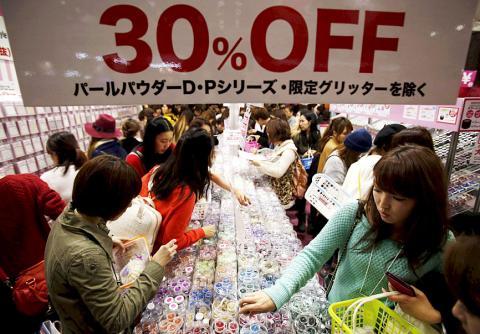
Photo: Reuters
Economists surveyed by news agencies had expected a contraction of between 0.2 and 0.3 percent, on average.
A darkening outlook for global growth has put Japanese businesses on the defensive.
One concern is China, where growth in Asia’s largest economy is slowing, in some sectors markedly, meaning there is less demand for industrial equipment, construction machinery and other capital goods, much of which has been supplied by producers in Japan.
The Japanese stock market opened lower after the economic report. In late-morning trading, the Nikkei 225 average was down about 1 percent.
Japan grows more slowly than other nations at the best of times, largely because its workforce is shrinking, so even small setbacks can easily send it into reverse.
The latest recession was its fifth since the global financial crisis of 2008, though by some measures, including unemployment, the picture looks less dire.
The recession could embolden critics of Prime Minister Shinzo Abe’s economic policies, however. Abe gained office three years ago on a pledge to put Japan on a new and more robust growth path.
So far, his “Abenomics” program, centered on aggressive stimulus by the central bank, has lifted the stock market, lowered the yen’s exchange rate — a boon for multinational companies like Toyota that earn a lot of revenue outside Japan — and helped curb persistent consumer-price deflation.
However, it has struggled to approach its ambitious goals for lifting incomes, spending and investment.
Sadayuki Sakakibara, chairman of the Japan Business Federation, or Keidanren, the nation’s most influential corporate lobby group, called for further official measures to support the economy. Abe’s government is working on a possible new spending package, according to Japanese media reports, which is expected to be worth about ¥3.5 trillion (US$29 billion).
“Two straight quarters of decline needs to be taken seriously,” Sakakibara told reporters. “The biggest issue is policies to lift growth. We need some kind of stimulus measures.”
Minister of State for Economic and Fiscal Policy Akira Amari described the latest downturn as a temporary dip that belied broadly improving fundamentals.
“Weakness is apparent in some areas, but corporate profits are at record highs and the employment and wage environment is improving,” he said in a statement after the economic report’s release. “The gentle recovery in the economy is continuing.”
The fall in output in the third quarter followed a similar decline in the second, which the government now estimates at 0.7 percent. Since Abe took office at the end of 2012, the economy has experienced six quarters of growth and five quarters of decline.
The latest bout of weakness could add to pressure on the central bank to expand its stimulus efforts, which involve injecting trillions of yen into financial markets each month by buying up government debt. The idea is to keep borrowing costs low and encourage households and businesses to spend.
The bank chose to keep its monetary policy unchanged at its last meeting on Oct. 30, defying the predictions of some private-sector economists who had been expecting new measures, such as an increase in the pace of its bond buying.
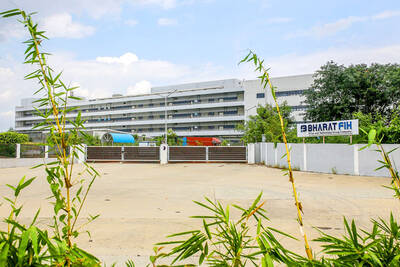
SETBACK: Apple’s India iPhone push has been disrupted after Foxconn recalled hundreds of Chinese engineers, amid Beijing’s attempts to curb tech transfers Apple Inc assembly partner Hon Hai Precision Industry Co (鴻海精密), also known internationally as Foxconn Technology Group (富士康科技集團), has recalled about 300 Chinese engineers from a factory in India, the latest setback for the iPhone maker’s push to rapidly expand in the country. The extraction of Chinese workers from the factory of Yuzhan Technology (India) Private Ltd, a Hon Hai component unit, in southern Tamil Nadu state, is the second such move in a few months. The company has started flying in Taiwanese engineers to replace staff leaving, people familiar with the matter said, asking not to be named, as the
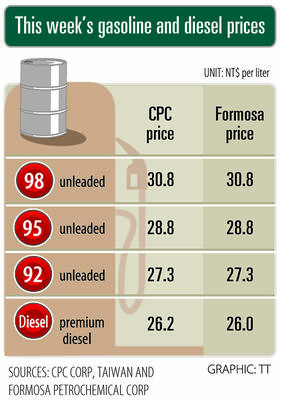
The prices of gasoline and diesel at domestic fuel stations are to rise NT$0.1 and NT$0.4 per liter this week respectively, after international crude oil prices rose last week, CPC Corp, Taiwan (台灣中油) and Formosa Petrochemical Corp (台塑石化) announced yesterday. Effective today, gasoline prices at CPC and Formosa stations are to rise to NT$27.3, NT$28.8 and NT$30.8 per liter for 92, 95 and 98-octane unleaded gasoline respectively, the companies said in separate statements. The price of premium diesel is to rise to NT$26.2 per liter at CPC stations and NT$26 at Formosa pumps, they said. The announcements came after international crude oil prices
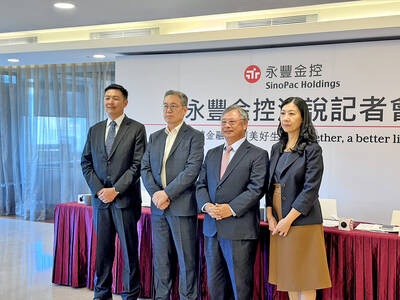
SinoPac Financial Holdings Co (永豐金控) is weighing whether to add a life insurance business to its portfolio, but would tread cautiously after completing three acquisitions in quick succession, president Stanley Chu (朱士廷) said yesterday. “We are carefully considering whether life insurance should play a role in SinoPac’s business map,” Chu told reporters ahead of an earnings conference. “Our priority is to ensure the success of the deals we have already made, even though we are tracking some possible targets.” Local media have reported that Mercuries Life Insurance Co (三商美邦人壽), which is seeking buyers amid financial strains, has invited three financial
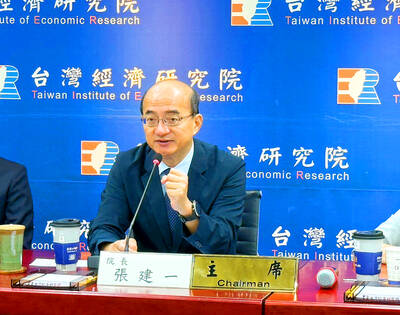
CAUTION: Right now, artificial intelligence runs on faith, not productivity and eventually, the risk of a bubble will emerge,’ TIER economist Gordon Sun said Taiwanese manufacturers turned more optimistic last month, ending a five-month streak of declining sentiment as concerns over US tariffs, currency volatility and China’s overcapacity began to ease, the Taiwan Institute of Economic Research (TIER) said yesterday. The manufacturing business confidence index rose 1.17 points from June to 86.8, its first rebound since February. TIER economist Gordon Sun (孫明德) attributed the uptick to fading trade uncertainties, a steadier New Taiwan dollar and reduced competitive pressure from Chinese producers. Taiwan’s semiconductor industry is unlikely to face significant damage from Washington’s ongoing probe into semiconductors, given the US’ reliance on Taiwanese chips to power artificial